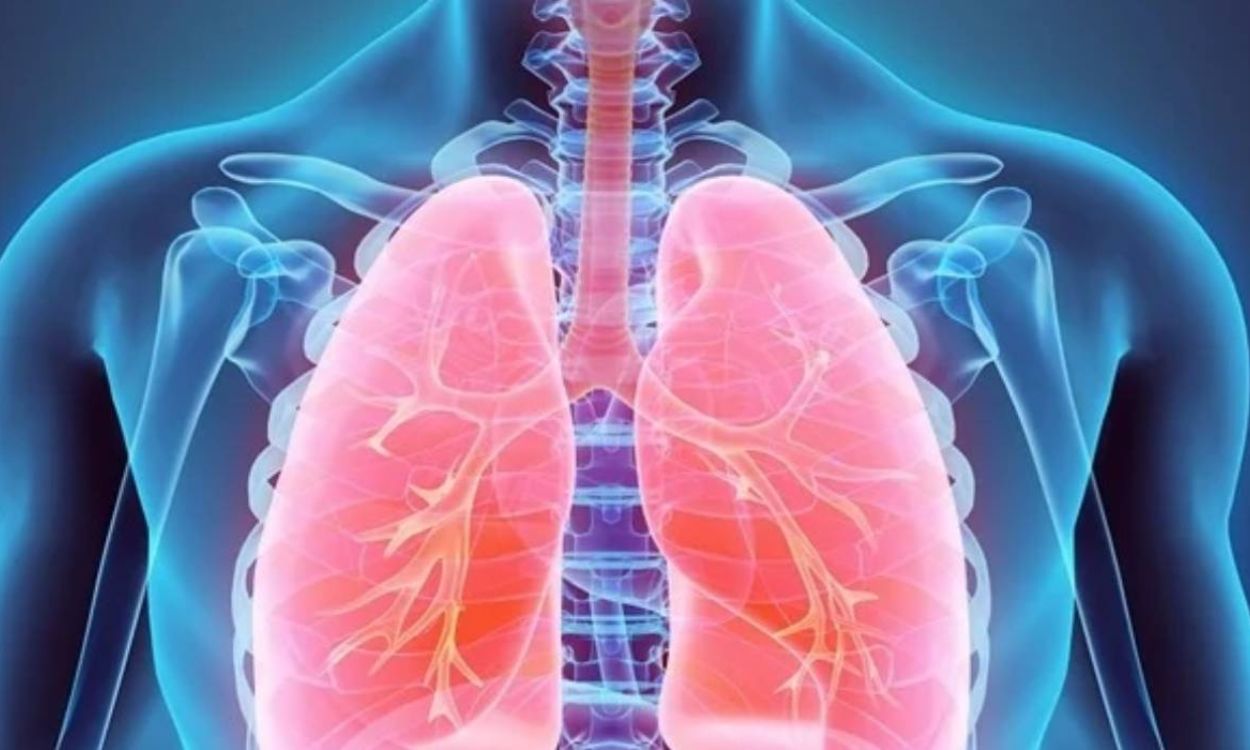Understanding the Lungs: Differentiating Between Restrictive and Obstructive Lung Diseases
The human respiratory system is a marvel of biological engineering, facilitating the exchange of oxygen and carbon dioxide as we breathe. However, this intricate system can be affected by a variety of diseases that impede its function, primarily categorized into two types: restrictive and obstructive lung diseases. Understanding these differences is crucial, especially for individuals in India, where air quality can significantly impact respiratory health.
Restrictive Lung Diseases
Restrictive lung diseases are characterized by a reduction in lung volume, meaning the lungs are unable to fully expand. This restriction can be due to stiffness in the lungs themselves or issues outside the lungs, such as with the chest wall, respiratory muscles, or nerves.
– Causes: Common causes include interstitial lung diseases, such as pulmonary fibrosis, and conditions that affect the chest wall, such as scoliosis or obesity.
– Symptoms: These usually include a persistent dry cough, difficulty in breathing deeply, and fatigue during physical activity.
– Diagnosis and Management: Spirometry tests often reveal a decreased total lung capacity. Managing these diseases typically involves treating the underlying cause, using medications to reduce inflammation or fibrosis, and sometimes oxygen therapy.
Obstructive Lung Diseases
Obstructive lung diseases are marked by obstruction of airflow, making it difficult to expel all the air from the lungs. This leads to an increase in the volume of air that remains in the lungs after exhaling.
– Causes: The most common types include chronic obstructive pulmonary disease (COPD), asthma, and bronchitis. Factors such as smoking, pollution, and occupational hazards significantly contribute to these conditions.
– Symptoms: Individuals often experience wheezing, shortness of breath, and chronic mucus production.
– Diagnosis and Management: Spirometry will typically indicate reduced airflow. Managing obstructive diseases may involve bronchodilators, steroids, and lifestyle changes such as smoking cessation and avoiding air pollutants.
Bridging the Gap with Fitpaa
Understanding these respiratory conditions is the first step towards managing them effectively. At Fitpaa, our mission is to help you achieve optimal health, even if you face challenges like restrictive or obstructive lung diseases. Our AI-driven platform offers personalized health management solutions aimed at improving your overall fitness and well-being.
Why Choose Fitpaa?
Fitpaa provides an integrated approach that includes a personalized fitness planner, expert consultations, and a scientifically designed Fitpaa Capsule to guide you in achieving your health goals. Whether you are looking to improve your lung capacity or manage your weight to alleviate symptoms, Fitpaa stands by you with guaranteed results.
Explore Fitpaa’s Unique Offerings:
1. Metabolism Assessment: Our experts use advanced technology to assess and optimize your metabolism, crucial for managing conditions like respiratory diseases.
2. Personalized Fitpaa Capsule: Tailored to your specific health needs, our capsule combines nutrition, exercise, and cognitive therapies to support your respiratory health.
3. Daily Guidance and Monitoring: Through our app, you receive real-time guidance to stay on track with your health goals, ensuring you achieve the best possible outcomes.
Join the Fitpaa Community Today
By integrating Fitpaa into your lifestyle, you not only work towards better respiratory health but also contribute to a community dedicated to health and fitness. Download the Fitpaa app and embark on a journey towards a healthier you, where every breath you take is easier and more fulfilling.
This comprehensive understanding of restrictive and obstructive lung diseases, combined with the innovative solutions offered by Fitpaa, empowers you to take control of your health. Let Fitpaa be your partner in this journey, ensuring that your well-being is prioritized and optimized with every step.











